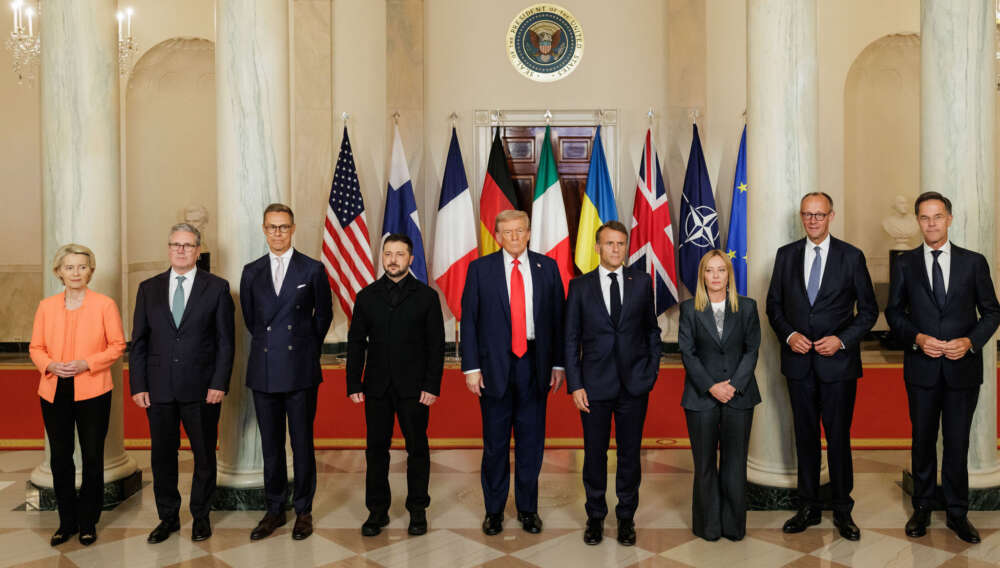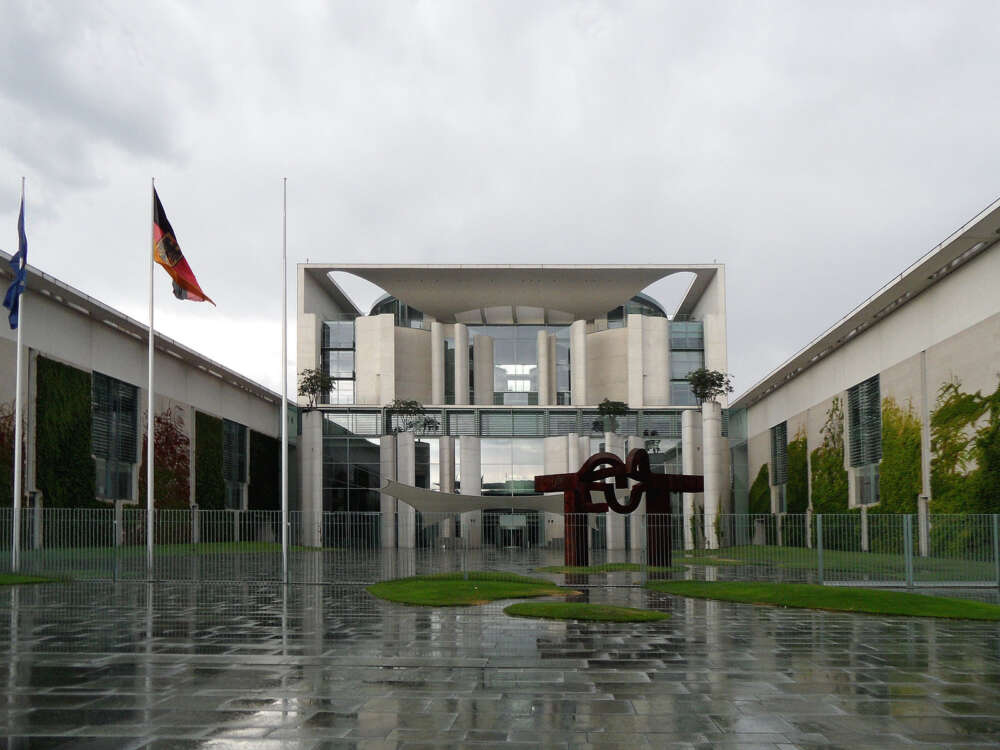Making Foresight Count: Success Factors for Futures Analysis in Foreign and Security Policy

Predicting and preparing for the future is difficult, and issues of war and peace are no exception. Yet governments and international organizations around the globe are trying to leverage foresight methods – from forecasting to scenario-building – to anticipate the future or plan for uncertain times.
These endeavors show that using futures analysis to add value to analyses and decision-making is no trivial task. In many places, there is still considerable confusion about the different aims of foresight – and these can range from predicting the future to planning for fundamental uncertainty and shaping what is to come. Many decision-makers find it hard to determine which methods can help achieve which goals and how to best integrate them into their respective institutions and work processes.
In this study, we analyze three different future-oriented analysis efforts in the sphere of foreign and security policy: the Australian National Security Futures Hub, Swisspeace’s FAST early warning system, and the European Union’s Conflict Early Warning System. We identify success factors and obstacles to effective foresight for foreign and security policy. The goal is to provide inspiration and guidance for anyone who wonders how different types of futures analysis could help improve their analytical, decision-making and policy processes, and how to implement them successfully.







